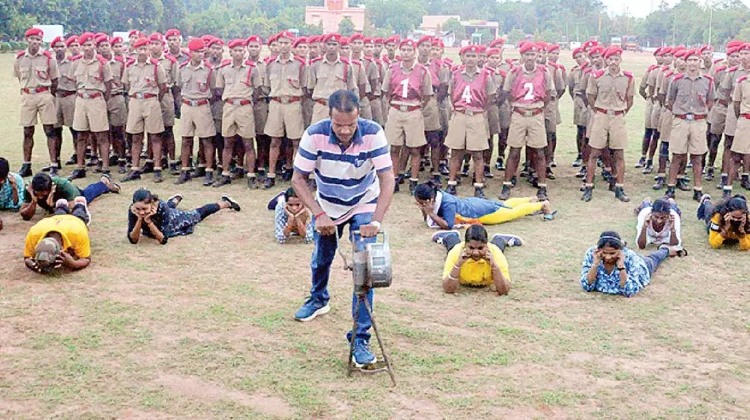Odisha Boosts Emergency Readiness: Massive Mock Drill Conducted Across Bhubaneswar and 11 Districts

In a bid to strengthen the state's disaster response and counter-terror
preparedness, a large-scale civil defence mock drill was conducted on May 7,
2025, in Bhubaneswar and across 11 other districts of Odisha. The exercise was
organized under the guidance of the Union Ministry of Home Affairs, in
collaboration with local administration, law enforcement, and emergency
services.
This initiative came in the backdrop of rising national security concerns
and the recent terror attack in Pahalgam, which claimed 26 lives. The
government has undertaken this proactive measure to ensure that both
authorities and citizens are equipped to handle emergency situations
effectively and without panic.
Reason for the Mock Drill
Post-Terror Attack Preparedness
The brutal terror attack in Pahalgam in April 2025 highlighted
vulnerabilities in civilian zones. In response, the central government issued
an advisory urging all states to conduct emergency drills to test their
disaster management frameworks and readiness to respond to similar threats.
Urban Risk Factors
As the capital of Odisha and an administrative, educational, and
infrastructural hub, Bhubaneswar is considered a sensitive location. The city
houses key installations like the state secretariat, AIIMS, Biju Patnaik Airport,
and major public venues, which could be high-risk targets during hostile
attacks or natural disasters.
Compliance with National Security Strategy
The Ministry of Home Affairs is revamping the national civil defence
protocol post the Pahalgam attack, calling for state-level audits, mock drills,
and public preparedness programs. Odisha, being a disaster-prone coastal state,
was prioritized for this drill to assess integrated response capabilities.
Objectives of the Mock Drill
Evaluate Emergency Response Systems
To test how effectively state and district-level agencies can react in
real-time during an emergency scenario, such as a terror attack or natural
disaster.
Inter-Agency Coordination
To ensure that various emergency services — including the police, fire
department, ODRAF (Odisha Disaster Rapid Action Force), medical teams, and
civil defence — work together seamlessly under stress.
Public Awareness and Participation
To train civilians, students, volunteers, and staff on emergency evacuation
procedures, basic first aid, and how to respond to warning sirens and public
advisories.
Identify Gaps and Improve SOPs
To analyze any weaknesses in the standard operating procedures (SOPs),
communication systems, evacuation protocols, and response times — allowing for
improvements in real disaster situations.
️ Execution and Activities
The mock drill was conducted in select urban zones
Simulated Explosions and Smoke Deployments
Air Raid Sirens and Blackout Protocols,
Evacuation Drills
Medical Response Simulation
Command-and-Control Communication Test
Key Participants
- Odisha Police
- Fire Services and ODRAF
- District Administration
- Health Department & EMS Teams
- NCC Cadets and Home Guards
- College Students and Civil Defence Volunteers
- Local Residents and Office Workers
Outcome and Public Message
The drill received positive feedback from both officials and participants.
It highlighted several strengths in coordination but also pointed out areas for
improvement — particularly in crowd control and faster deployment of rescue
units.
Officials emphasized that preparedness saves lives, and such drills not only
enhance government response mechanisms but also empower citizens to act
responsibly in crisis situations.
"Safety is not a choice — it's a shared responsibility. This drill is a
reminder that every citizen is part of the nation’s defence strategy,” said a
senior official from the Odisha Disaster Management Authority.
Conclusion
The civil defence mock drill in Bhubaneswar is a significant step toward
building a resilient and prepared society in the face of modern threats —
whether man-made or natural. As the country reinforces its internal security
framework, Odisha’s participation in this national effort reflects its
commitment to safeguarding lives and ensuring peace, even in times of
uncertainty.









